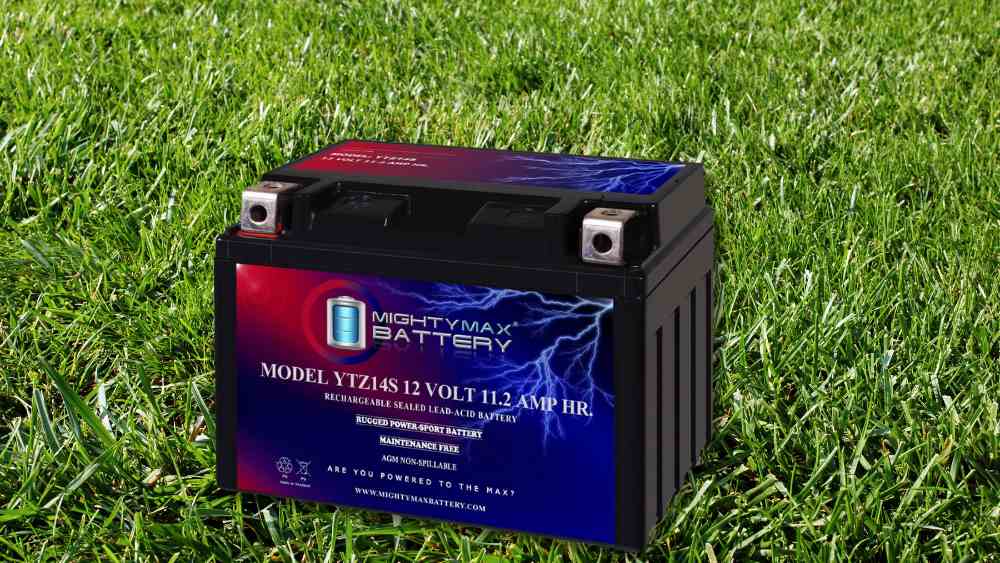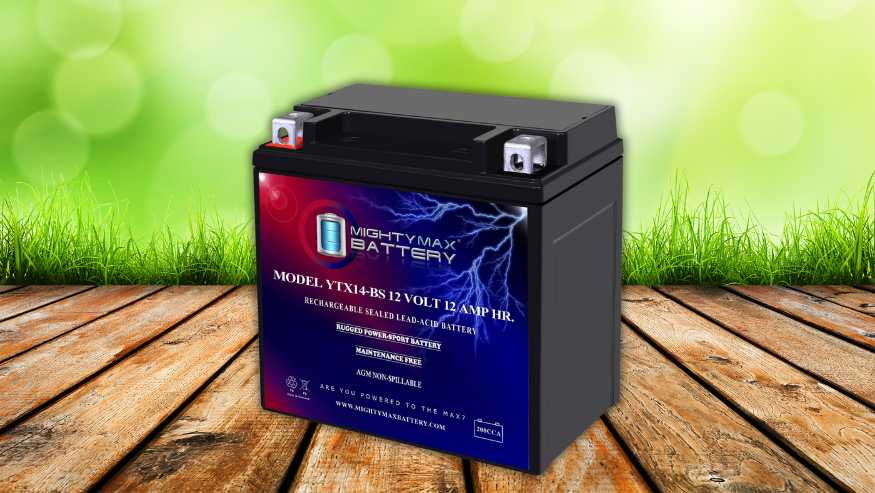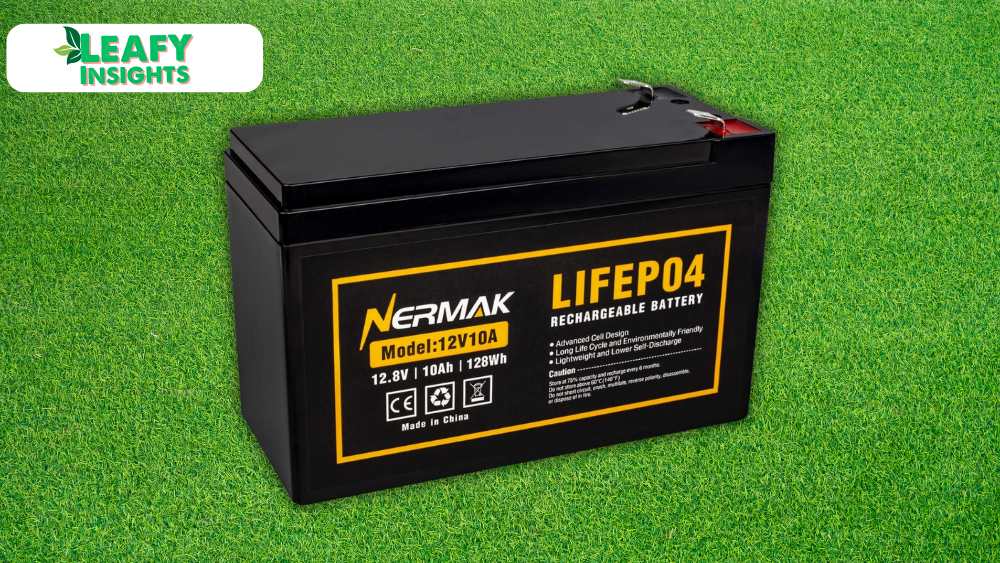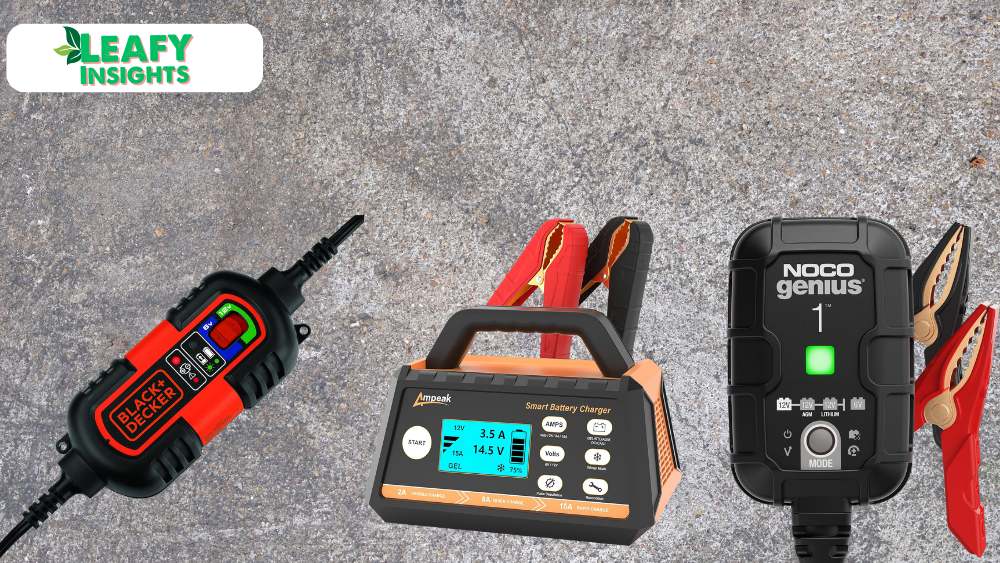As a homeowner constantly battling the uneven terrain of my lawn, from frustrating divots left by playful pups to subtle bumps that make mowing a jarring experience, I knew I needed a solution beyond simply scattering topsoil. That’s when I discovered the Lawn Leveling Rake | Levelawn Tool | Level Soil or Dirt Ground Surfaces Easily | 18” x 10” Ground Plate | rakes for lawns Heavy Duty 60” Extra Long Handle | Extracted Iron Metal Black. Intrigued by its promise of effortlessly smoothing out imperfections, I decided to put this tool to the test and reclaim the pristine surface I’ve always envisioned for my yard.
This isn’t just another flimsy garden implement. The specifications alone hinted at a serious piece of equipment: an 18” x 10” ground plate designed for optimal coverage and maneuverability, coupled with a robust-sounding “Heavy Duty” build and a back-saving 60” extra-long handle crafted from “Extracted Iron Metal Black.” Could this Levelawn tool finally be the answer to my lawn leveling woes? Join me as I delve into my experience with this rake, exploring its build quality, ease of use, and most importantly, its effectiveness in transforming my bumpy battlefield into a smooth, enviable lawn.

Lawn Leveling Rake Ratings
Sturdy and Durable Construction : 8 Extra-Long Handle: 8 Efficient Leveling: 9 Wet Material: 9
Lawn Leveling Rake specifications
| Feature | Description |
| Tool Type | Lawn Leveling Rake |
| Primary Function | Smooth uneven lawn surfaces |
| Design | Broad, flat plate |
| Operation | Push-and-pull motion |
| Corrected Problems | Dips, bumps, undulations |
| Operating Techniques | Skimming (minor unevenness), Dragging (significant unevenness) |
| Benefit Over Shovel | Faster, easier, more consistent leveling |
This review provides an in-depth technical description of a lawn leveling tool, commonly referred to as a “levelawn.” This tool is specifically engineered to address and rectify the issue of uneven ground surfaces frequently encountered in lawns, gardens, and other outdoor spaces. Unlike traditional rakes, which are primarily designed for gathering loose debris like leaves, this tool employs a distinct methodology focused on manipulating and redistributing earth materials such as soil and dirt. The core objective is to achieve a smoother, more uniform terrain.
Understanding the Problem: Uneven Ground Surfaces
Unevenness in ground surfaces can manifest in a variety of ways, each presenting its own set of challenges and aesthetic drawbacks. A comprehensive understanding of these conditions is crucial to appreciating the function and design of the lawn leveling tool.
Depressions: These are localized low-lying areas, often referred to as divots or sunken spots. They can arise from several factors, including the settling of underlying soil, the decomposition of organic matter, animal activity (such as digging), or the impact of heavy objects. Depressions can lead to water accumulation, creating soggy areas and potentially damaging the lawn. They also disrupt the smooth flow of the landscape and can be hazardous, increasing the risk of tripping or stumbling.
Bumps: Conversely, bumps are raised areas that disrupt the flatness of the terrain. They can be caused by phenomena such as frost heave (the upward swelling of soil due to freezing), the growth of tree roots, the activity of burrowing animals, or improper soil compaction during initial landscaping. Bumps create uneven mowing conditions, making it difficult to achieve a consistent cut and potentially damaging mower blades. They also detract from the visual appeal of the lawn and can impede drainage.
Undulations: This term refers to more gradual and widespread unevenness, characterized by a series of subtle rises and falls across the surface. Undulations can result from a combination of factors, including variations in soil composition, inconsistent settling, and the natural contours of the land. While less dramatic than distinct bumps or depressions, undulations can still create mowing challenges, lead to uneven wear of the lawn, and give the landscape a generally unkempt appearance.

The Levelawn Solution: Design and Function
The lawn leveling tool offers a targeted solution to these problems through its specific design and operational mechanics.
Key Components:
The tool comprises two primary components, each engineered to perform a specific function in the leveling process:
Ground Plate: This is the operational heart of the tool. It is a broad, flat, and typically rectangular plate that directly interacts with the ground surface.
Material: The ground plate is constructed from a rigid and durable material, most commonly steel or a robust alloy. This ensures that the plate can withstand the forces involved in moving soil and dirt without bending, warping, or cracking. The material’s resistance to abrasion is also crucial, as the plate is in constant contact with the ground and any abrasive materials present (e.g., sand, small stones). Furthermore, a rust-resistant coating or material is often employed to prolong the tool’s lifespan, especially when used in damp conditions.
Dimensions: The size and shape of the ground plate are critical design parameters that influence the tool’s effectiveness and usability.
A wider plate allows for greater coverage with each pass, enabling the user to level larger areas more quickly and efficiently. However, an excessively wide plate can become cumbersome to maneuver, especially in confined spaces or around obstacles.
The rectangular shape is generally preferred as it provides a good balance between coverage and directional control. The long edges facilitate smooth, linear passes, while the shorter edges allow for maneuvering in tighter spots.
Flatness: The ground plate’s flatness is paramount. Any deviation from a true plane will compromise the tool’s ability to create a level surface. A perfectly flat plate ensures that material is distributed evenly, without creating new irregularities.
Edges: The design of the plate’s edges is also important. The edges are typically rounded or beveled to prevent them from digging into the ground or catching on grass. This allows the plate to glide smoothly over the surface, minimizing disruption to the existing turf.
Handle: The handle provides the user with the necessary leverage and control to move the ground plate across the terrain.
Material: Similar to the ground plate, the handle is constructed from a sturdy and rigid material, such as steel, aluminum, or a reinforced composite. This ensures that the handle can transmit the user’s force effectively without bending or breaking. The handle material should also be relatively lightweight to reduce user fatigue during extended use.
Length: The handle length is a critical ergonomic consideration.
A longer handle allows the user to work in a more upright posture, reducing the need for excessive bending and minimizing strain on the lower back. This is particularly important when leveling larger areas.
However, an excessively long handle can reduce the user’s control over the ground plate, making it more difficult to perform precise leveling.
Some designs incorporate detachable or adjustable handles, offering flexibility for storage and accommodating users of different heights. Detachable handles also make the tool more portable.
Grip: The handle is typically equipped with a grip to enhance user comfort and control. The grip material is often a resilient, non-slip material, such as rubber or a textured synthetic. A comfortable grip reduces hand fatigue and allows the user to maintain a firm hold on the tool, even in damp or sweaty conditions.
Operational Mechanics: Achieving a Level Surface
The lawn leveling tool is operated using a combination of pushing and pulling motions, with the ground plate in direct contact with the uneven surface. The specific techniques employed depend on the nature and extent of the unevenness.
Skimming: For minor irregularities, such as small undulations or subtle variations in height, the tool is used in a skimming motion. The ground plate is moved lightly over the surface, smoothing out the imperfections and creating a more uniform plane. This action effectively knocks down small bumps and fills in tiny depressions.
Dragging: When dealing with more pronounced unevenness, such as larger depressions or significant bumps, a dragging motion is employed. The user applies more downward pressure on the handle, causing the ground plate to drag material (soil, dirt, etc.) from higher areas to lower areas. This action effectively redistributes the material, filling in the depressions and reducing the height of the bumps.
Maneuvering: Effective lawn leveling requires the user to maneuver the tool with precision, following the contours of the lawn and targeting specific areas that require attention. This involves:
Moving the tool in overlapping passes to ensure that no areas are missed and that the material is distributed evenly.
Varying the angle of the tool to address unevenness from different directions.
Applying more or less pressure on the handle as needed to achieve the desired level of leveling.

Factors Affecting Performance:
The effectiveness of the lawn leveling tool is influenced by several interacting factors:
Ground Conditions:
The tool performs optimally on ground that is relatively loose and workable. This allows the ground plate to glide smoothly and effectively manipulate the soil or dirt.
If the ground is excessively hard, compacted, or dry, it may be necessary to loosen it first using a garden fork, tiller, or other soil preparation tool.
Very wet or muddy conditions can also hinder the tool’s performance, as the material may stick to the plate or become difficult to move.
Material Type:
The tool is designed to level a variety of materials, including topsoil, garden soil, fill dirt, sand, and compost.
The specific type of material will affect its weight, texture, and cohesiveness, which in turn influences how easily it can be moved and smoothed by the tool. For example, sandy soil is generally easier to level than heavy clay soil.
User Technique:
Proper technique is paramount for achieving the best possible results. This involves:
Maintaining a consistent motion, both in terms of speed and direction.
Using overlapping passes to ensure even coverage and avoid creating ridges or furrows.
Applying appropriate downward pressure on the handle, depending on the task at hand. More pressure is needed for dragging material, while less pressure is required for skimming.
Taking regular breaks to avoid fatigue, especially when leveling large areas.
Advantages and Limitations:
The lawn leveling tool offers several distinct advantages over traditional lawn care methods:
Efficiency: The wide ground plate enables the user to cover a larger area in less time and with less effort compared to using a shovel or hand rake.
Ergonomics: The long handle minimizes the need for bending, significantly reducing strain on the user’s back and improving overall comfort, especially during prolonged use.
Precision: The flat ground plate ensures a more consistent and even leveling action, resulting in a smoother and more professional-looking finish.
Versatility: The tool can be used for a variety of leveling tasks, including filling in depressions, smoothing out bumps, and preparing the ground for planting or sodding.
However, it’s important to acknowledge the tool’s limitations:
Storage: The long handle, while beneficial for ergonomics, can make the tool somewhat cumbersome to store, requiring a space that can accommodate its length.
Weight: Depending on the materials used in its construction, the tool may be heavier than other common garden tools, which could be a consideration for users with limited strength or mobility.
Why This Is the Best Choice
This lawn leveling tool is a valuable investment for anyone seeking to achieve a smoother, more uniform lawn surface. Its design and functionality offer several advantages over traditional methods. The wide, flat ground plate efficiently redistributes soil and dirt, making quick work of filling in depressions and leveling out bumps, while the long handle minimizes back strain. Constructed from durable materials, this tool is built to withstand regular use. Whether dealing with minor undulations or more pronounced unevenness, this levelawn provides the precision and leverage needed for effective lawn leveling, ultimately resulting in a more aesthetically pleasing and easily maintained outdoor space.
FAQs
What is a lawn leveling rake?
A lawn leveling rake is a specialized tool with a broad, flat plate designed to smooth out uneven surfaces in lawns by redistributing soil.
What types of lawn problems can it fix?
It effectively corrects common lawn issues such as dips, bumps, and undulations, creating a more even terrain.
How do you operate a lawn leveling rake?
The operation involves a push-and-pull motion. For minor unevenness, use a skimming action; for more significant issues, apply pressure to drag and level the soil.
What are the benefits of using a lawn leveling rake?
Using a lawn leveling rake is faster and easier than using a shovel and achieves a more consistently level result.
Final Thought
The tool is most effective for addressing relatively minor to moderate unevenness. Severely uneven ground, characterized by large holes or steep slopes, may necessitate more aggressive techniques and specialized equipment, such as heavy machinery.








Leave a Reply